Philippine Kalumpit Tree
- October 30, 2024
- 0 comment
The Philippine Kalumpit Tree (Terminalia microcarpa) is a notable native tree of the Philippines, valued for its ecological importance and contributions to biodiversity. This medium to large tropical tree is not only admired for its dense, spreading canopy and hardwood but also for its role in supporting forest ecosystems.

Part of the Combretaceae family, the Kalumpit Tree offers shelter, soil stabilization, and food sources for local wildlife, showcasing a multifaceted role in nature’s delicate balance.
What Is a Philippine Kalumpit Tree?
The Philippine Kalumpit Tree, scientifically classified as Terminalia microcarpa, belongs to the Combretaceae family, which includes a variety of flowering trees and shrubs. It is recognized for its broad leaves, smooth grayish-brown bark, and clusters of small, pale flowers. The tree produces small, fleshy, edible fruits that are popular among both humans and animals. Typically, Kalumpit Trees can live for many years, adding long-term benefits to their habitats by enhancing soil quality and providing shade, which helps reduce undergrowth evaporation.
An interesting feature of the Kalumpit Tree is its capacity to improve soil health by enriching organic matter, thus preventing soil erosion. Additionally, the tree’s deep roots contribute to groundwater recharge, making it a vital player in maintaining local water tables.
Different Types of Philippine Kalumpit Tree Species
While the Terminalia microcarpa is the primary species known as the Kalumpit, other species within the Terminalia genus also thrive in various tropical regions. In the Philippines, Terminalia catappa (commonly known as the “Talisay” or Indian Almond) shares similar environments but differs in leaf size and fruit shape.
Each species contributes uniquely to its habitat:
Terminalia Microcarpa (Kalumpit)
Medium to large, hardy, and adaptable, with a dense canopy suitable for shading and soil stability.
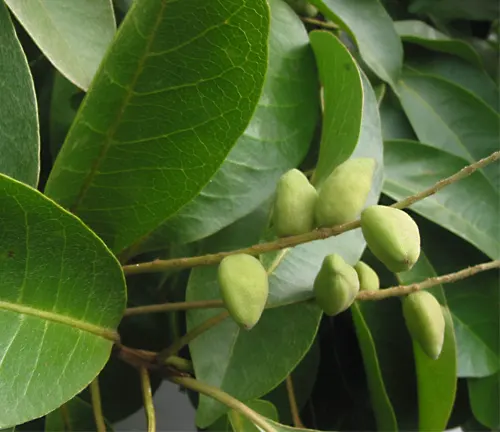
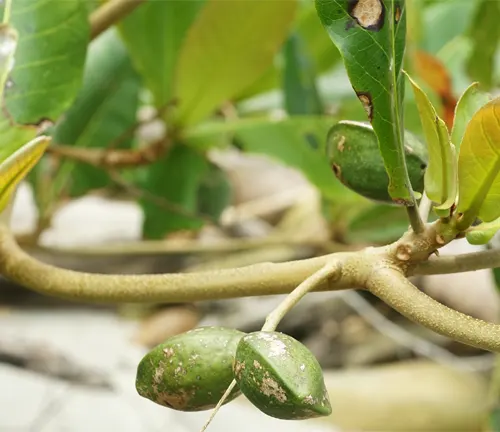
Terminalia Catappa (Talisay)
Known for its wide, sprawling branches and vibrant leaves that change color seasonally, it also supports coastal stabilization.
The differences in these species’ growth forms and leaf structures allow them to adapt to specific microenvironments, making them integral to local biodiversity and supporting various species of birds, insects, and mammals.
Where Do Philippine Kalumpit Trees Grow?
Kalumpit Trees thrive in the humid, tropical climates of the Philippines, predominantly found in lowland forests and along rivers and swamps. Preferring moist, well-drained soils, they are well-adapted to the tropical and subtropical conditions common throughout Southeast Asia. These trees have evolved to withstand high humidity and substantial rainfall, with adaptations in their root systems for soil stabilization, particularly in riverbanks, which helps prevent erosion.
In addition to their soil-stabilizing abilities, Kalumpit Trees provide shelter and food for native fauna, supporting an interdependent ecosystem. Their presence in both primary and secondary forests also underscores their resilience and adaptability to varying environmental conditions.
How to Grow and Care for Philippine Kalumpit Tree
For those interested in cultivating the Kalumpit Tree, the following guidelines offer practical care advice:

- Soil: Plant in well-draining, fertile soil enriched with organic matter.
- Water: Regular watering is essential, especially in the tree’s early growth stages, to support root establishment.
- Sunlight: Full to partial sunlight is ideal for optimal growth.
- Propagation: Kalumpit Trees can be propagated from seeds or cuttings. Seeds require a warm, moist environment to germinate successfully.
To maintain a healthy tree, prune dead branches to encourage new growth, and monitor for pests that may damage leaves and bark. When properly tended, the Kalumpit can thrive in home gardens or community green spaces, contributing to local ecosystems.
Ecological Benefits of Philippine Kalumpit Tree
The Kalumpit Tree offers multiple ecological benefits, significantly enhancing biodiversity and ecosystem stability. Its deep roots prevent soil erosion and encourage groundwater recharge, and its canopy provides crucial shade that regulates the undergrowth environment. Additionally, by dropping nutrient-rich leaves, the Kalumpit Tree enriches the soil with organic material, making it more fertile for other plants.
Furthermore, Kalumpit Trees support various animal species, offering both food and shelter. Birds, small mammals, and insects are attracted to the tree’s fruits, flowers, and leaves, creating an interconnected network that boosts overall forest health.
Philippine Kalumpit Tree Flowering and Pollination
The Kalumpit Tree blooms with small, pale flowers clustered along its branches, typically flowering in response to seasonal rainfall patterns. The flowers have a subtle fragrance, attracting local pollinators like bees, butterflies, and small birds. These pollinators help sustain the tree population and support other flowering plants, promoting biodiversity throughout the region.
Is Philippine Kalumpit Tree Drought-Tolerant?
Though well-suited for humid environments, Kalumpit Trees show moderate drought tolerance, thanks to their deep-root systems that access groundwater during dry periods. This quality allows the tree to survive in areas with sporadic rainfall, although it thrives best in consistently moist soils. In regions where water is scarce, the Kalumpit can still survive but may require additional watering to maintain growth.
Philippine Kalumpit Tree and Wildlife Interactions
The Kalumpit Tree plays a key role in its ecosystem, supporting diverse wildlife through its fruit and foliage. Its fruits are a food source for birds and small mammals, while the tree’s dense foliage offers protection from predators. The tree also forms symbiotic relationships with certain insects that aid in pollination or help defend the tree from pests, fostering a balanced and thriving ecosystem.
Final Thoughts
In summary, the Philippine Kalumpit Tree (Terminalia microcarpa) is invaluable to tropical ecosystems, enhancing biodiversity, stabilizing soil, and contributing to water cycles. Its resilience and adaptability make it a key component of forest habitats, supporting various wildlife and plant life. Preserving the Kalumpit Tree is essential for maintaining the ecological health of the Philippines’ natural landscapes, and its conservation plays a vital role in biodiversity efforts.
Frequently Asked Questions (FAQs)
- What is the Philippine Kalumpit Tree?
The Philippine Kalumpit Tree is a native tropical tree known for its broad canopy, edible fruit, and ecological contributions in Southeast Asian forests. - Where does the Philippine Kalumpit Tree grow?
It thrives in lowland forests, riverbanks, and tropical regions of the Philippines, requiring moist, well-drained soils. - What are the main characteristics of the Kalumpit Tree?
It has a dense canopy, smooth bark, small pale flowers, and fleshy, edible fruits that support both wildlife and local communities. - How does the Kalumpit Tree benefit its ecosystem?
The Kalumpit stabilizes soil, prevents erosion, supports biodiversity by providing shelter, and enriches soil through organic matter. - How can I grow a Philippine Kalumpit Tree at home?
Plant it in fertile, well-drained soil with ample sunlight; regular watering is needed, especially in the early stages. - Is the Philippine Kalumpit Tree drought-tolerant?
While moderately drought-tolerant, it prefers consistent moisture and performs best in humid, tropical climates. - What wildlife depends on the Kalumpit Tree?
Birds, insects, and small mammals rely on its fruits, flowers, and shelter, making it an essential component of local biodiversity. - When does the Kalumpit Tree flower, and why is it important?
The tree flowers seasonally, attracting pollinators like bees and birds, which helps sustain other plant species in its habitat.



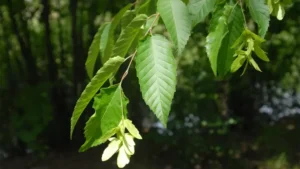
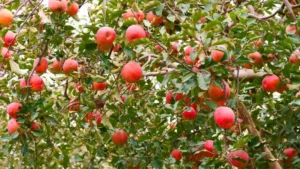

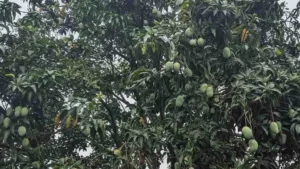


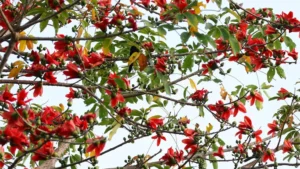

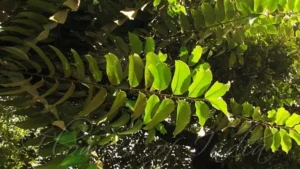
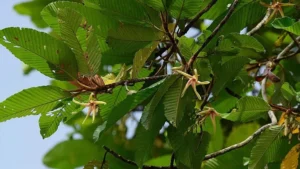
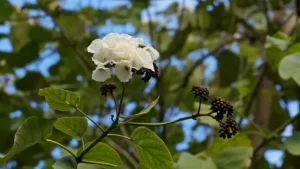
Leave your comment